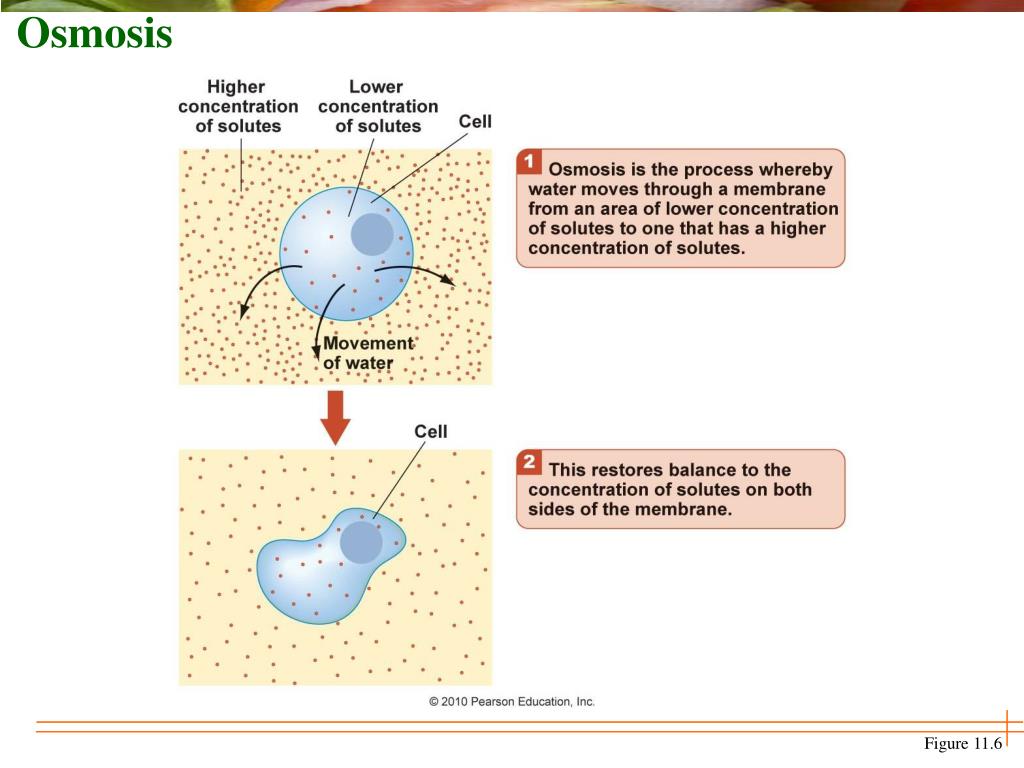

Many function even when linked as short peptides to lysine side chains on the surface of a cytosolic protein, suggesting that the precise location of the signal within the amino acid sequence of a nuclear protein is not important. The signals characterized this far can be located almost anywhere in the amino acid sequence and are thought to form loops or patches on the protein surface. (A) The normal T-antigen protein contains (more.) Immunofluorescence micrographs showing the cellular location of SV40 virus T-antigen containing or lacking a short peptide that serves as a nuclear localization signal.

The function of a nuclear localization signal. But how does the nucleus export newly made ribosomal subunits or import large molecules, such as DNA and RNA polymerases, which have subunit molecular weights of 100,000–200,000 daltons? As we discuss next, these and many other protein and RNA molecules bind to specific receptor proteins that ferry them actively through nuclear pore complexes.

Mature cytosolic ribosomes, for example, are about 30 nm in diameter and thus cannot diffuse through the 9 nm channels their exclusion from the nucleus ensures that protein synthesis is confined to the cytosol. Nine nanometers (more.)īecause many cell proteins are too large to pass by diffusion through the nuclear pore complexes, the nuclear envelope enables the nuclear compartment and the cytosol to maintain different complements of proteins. This drawing shows a hypothetical diaphragm (gray) inserted into the pore to restrict the size of the open channel to 9 nm, the pore size estimated from diffusion measurements.
Osmosis in er lumen for free#
Possible paths for free diffusion through the nuclear pore complex. A quantitative analysis of such data suggests that the nuclear pore complex contains a pathway for free diffusion equivalent to a water-filled cylindrical channel about 9 nm in diameter and 15 nm long such a channel would occupy only a small fraction of the total volume of the pore complex ( Figure 12-11). A protein of 17,000 daltons takes 2 minutes to equilibrate between the cytosol and the nucleus, whereas proteins larger than 60,000 daltons are hardly able to enter the nucleus at all. Small molecules (5000 daltons or less) diffuse in so fast that the nuclear envelope can be considered to be freely permeable to them. The effective size of these channels has been determined by injecting labeled water-soluble molecules of different sizes into the cytosol and then measuring their rate of diffusion into the nucleus. And that is only a very small part of the total traffic that passes through the pore complexes.Įach pore complex contains one or more open aqueous channels through which small water-soluble molecules can passively diffuse. If the cell is growing rapidly, each complex also needs to transport about 6 newly assembled large and small ribosomal subunits per minute from the nucleus, where they are produced, to the cytosol, where they are used. If the cell is synthesizing DNA, it needs to import about 10 6 histone molecules from the cytosol every 3 minutes to package the newly made DNA into chromatin, which means that, on average, each pore complex needs to transport about 100 histone molecules per minute. The nuclear envelope of a typical mammalian cell contains 3000–4000 pore complexes. In general, the more active the nucleus is in transcription, the greater the number of pore complexes its envelope contains. In cross section, a nuclear pore complex seems to have four structural building blocks: column subunits, which form the bulk of the pore wall (more.) (A) A small region of the nuclear envelope. The arrangement of nuclear pore complexes in the nuclear envelope.


 0 kommentar(er)
0 kommentar(er)
